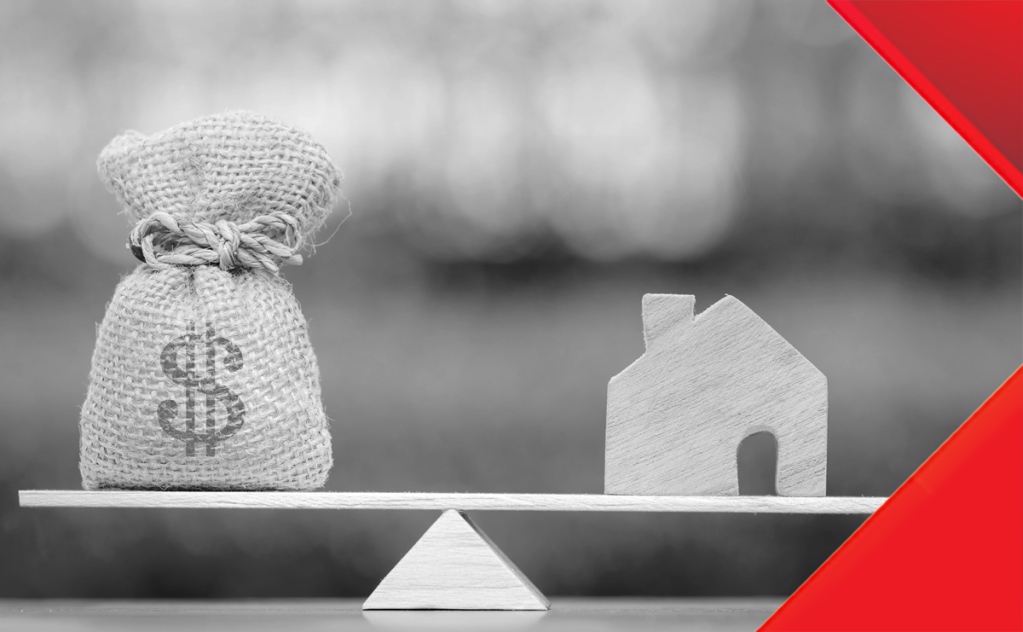
On Thursday, the Bureau of Labor Statistics reported the same trend that all Americans have seen lately: the inflation rate of growth is rampant and doesn’t show any sign of easing up due to the Russian Invasion of Ukraine. The Consumer Price Index for all Urban Consumers “increased 0.8 percent in February on a seasonally adjusted basis after rising 0.6 percent in January…. Over the last 12 months, the all items index increased 7.9 percent before seasonal adjustment.”
As you can see below, the CPI inflation rate of growth chart looks like many economic charts during this COVID-19 recovery and expansion: a parabolic-type move deviated from recent historical norms. Our economy is running hot, and the labor market is getting hotter.
During the COVID-19 recovery phase, I predicted that job openings would break over 10 million. This week, we just broke to an all-time high in job openings with near 11.3 million.
What does that mean? Wage growth is going to kick up!
Early in 2021, I told the Washington Post that rental inflation was about to take off and will take the consumer price index up faster and last longer. For me, it’s always about demographics equal demand. Wages are rising, which means rent is about to get higher.
Shelter inflation, the most significant component of CPI, is making its big push as people need to live somewhere and that shelter cost is a priority over most things. Rent inflation on a year-over-year basis has been extreme in certain cities, averaging over double digits.
Now we can see that being a renter has been problematic because rent inflation is taking off, gas prices are taking off, and even though wages are up, the monthly items consumers spend money on have gone up in the most prominent fashion in recent history.
In some cases, seeing this type of rental inflation can motivate consumers to buy a home because renting a home isn’t as cheap as an option anymore. However, if you’re a young renter and looking to buy a house a few years away, this makes savings for a downpayment much more of a problem. On top of all that, since inventory is at all-time lows, it’s been harder and harder for first-time homebuyers to win some bids because they don’t have more money to bring into the bidding process.
As always, the marginal homebuyer gets hit with higher rates and higher home prices. Now, single household renters are paying more for their shelter, making the home-buying process more challenging financially.
What can Americans do to hedge themselves against this? In reality, being a homeowner over the past decade has set consumers up nicely during this burst of inflation!
How is that?
Housing is the cost of shelter to your capacity to own the debt; it’s not an investment. This has been my line for a decade now. Shelter cost is the primary driver of why you might want to own a home. The benefit of being a homeowner is that with a 30-year fixed mortgage rate, that mortgage payment is fixed for the life of the loan. Yes, your property tax or insurance might go up, but the mortgage payment is generally fixed.
What has happened over the years is that American homeowners have refinanced time and time again to where their shelter cost got lower and lower as their wages rose over time.
We can see this in the data. It has never looked better in history with the recent refinance boom we saw during the COVID-19 recovery, since mortgage debt is the most significant consumer debt we have in America.
This would imply that household debt payments are at deficient levels as well. Which they are, as we can see below.
In the last 10 years, the big difference is that we made American Mortgage Debt Great Again by making it dull. While wages rise, long-term fixed debt cost stays the same. It doesn’t get any better than that. So how does this make being a homeowner a hedge against inflation?
As the cost of living rises, wage growth has to match it, especially in a very tight labor market. Companies can no longer afford not to increase wages to lure employees to work and retain workers. Wages are going up!
What doesn’t go up? Your mortgage payment as a homeowner. So, you can benefit from increasing wages while the most considerable payment stays the same. Why do I keep stressing that the homeownership benefit is a fixed low debt cost versus rising wages? While renters feel stressed about rental inflation and higher gas prices, homeowners never need to worry about their sub-3% mortgage rate increasing versus the 7.9% inflation rate of growth.
Some people who are surprised by all this inflation we have had over the last year are now asking how the U.S. economy can keep pushing along. Not every household is the same. If you’re a renter, your rents have gone up and that takes away from your disposable income and makes it harder to save for a downpayment as well. If you’re a homeowner, the inflation cost isn’t as bad, since you are benefiting from rising wages. That offsets the cost of living and you’re safe in your home with that fixed product.
This is great for a homeowner, but it contributes to a larger problem: The homeowner is doing a little too well and might have no motivation to move. Why would anyone want to give up a sub-3% mortgage rate and such a solid positive cash flow unless they’re buying something that will make their cost much cheaper? People move all the time for many different reasons. However, let’s be realistic here: housing inventory has been falling since 2014 and 2022 isn’t looking any better.
Also, investors that have bought homes for rental yield are enjoying the fact that wages are rising because it gives them a reason to raise the rent. In a low interest-rate environment, rental yield is a good source of income.
We haven’t had to deal with high inflation levels for many decades, and back in the late 1970s, mortgage rates were a lot higher, so it’s not an apples-to-apples comparison anymore. This is a brand new ball game with how beneficial it has been to be a homeowner in America. It’s not great news if you’re worried about inventory getting low, as I am.
I often make fun of my housing crash addict friends who have been wrong for a decade. However, now I tell them: you’re implying educated homeowners who have excellent cash flow will, for some reason, sell their homes at a 40%, 50% or 60% discount just to rent a home at a higher cost than what would have been the case for many years.
Human beings don’t operate that way. However, there is a downside to homeowners having such good financials: they don’t have a reason to give up a good thing. This is just another reason I keep saying this is the unhealthiest housing market post-2010. As you can see above with the FICO scores of homeowners, their cash flow looks great and against this burst of inflation, owning a home is a nice hedge.
My concern has always been with inventory going lower and lower in the years 2020-2024. Currently, with homeowners looking so good on paper, we have entered uncharted territory where mortgage rates for current owners are at the lowest levels ever recorded in history, inventory levels are at the lowest levels ever and now the cost of living from a rise in inflation has taken off in an extreme way. The biggest problem I see here is that this can make the housing inventory situation much worse as homeowners now have even more incentive to never leave their homes.






